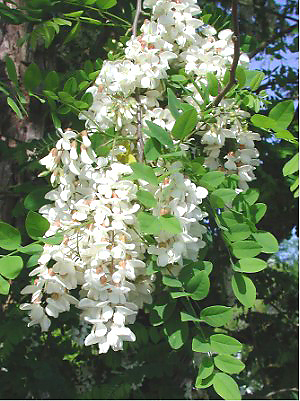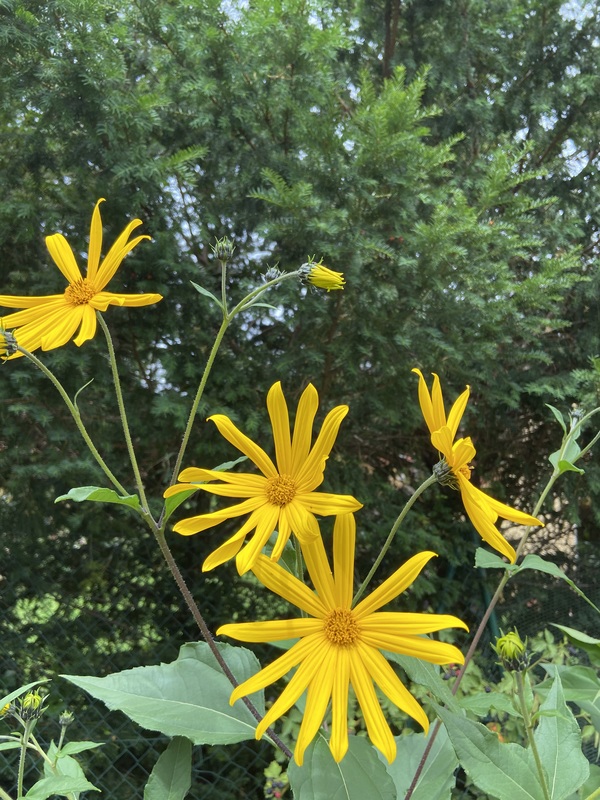Description
Red oak is a large deciduous tree that is native to eastern and central North America. It typically grows to be between 60 and 80 feet tall and can live for several hundred years. The leaves of the red oak are alternate, simple, and lobed, with 7-11 lobes per leaf. The leaves are bright green in the summer and turn red, orange, and yellow in the fall. The bark of the red oak is dark gray and deeply furrowed. The tree produces small, yellow-green flowers in the spring, followed by acorns that mature in the fall.
Red oak prefers well-drained, moist soil and full sun. It can tolerate a wide range of soil pH levels, but it prefers slightly acidic soil. In order to cultivate red oak successfully, a grower may need to provide adequate moisture and sunlight and protect the tree from strong winds. Red oak is winter hardy and can withstand cold temperatures.
The acorns of the red oak are edible and were an important food source for Native American tribes. They can be collected in the fall and stored for later use. The acorns can be roasted and ground into a flour, which can be used to make bread or other baked goods. The wood of the red oak is strong and durable and is commonly used for furniture, flooring, and other wood products.
Red oak is valuable to wildlife as a source of food and shelter. The tree provides acorns for birds and small mammals, and the leaves provide food for caterpillars, which are an important food source for many species of birds. The tree also provides nesting sites for many species of birds and other animals.


